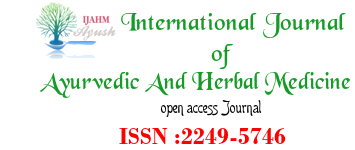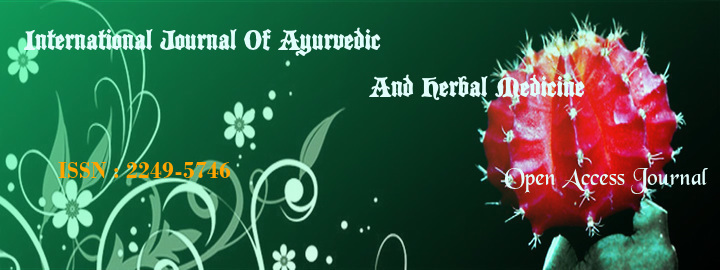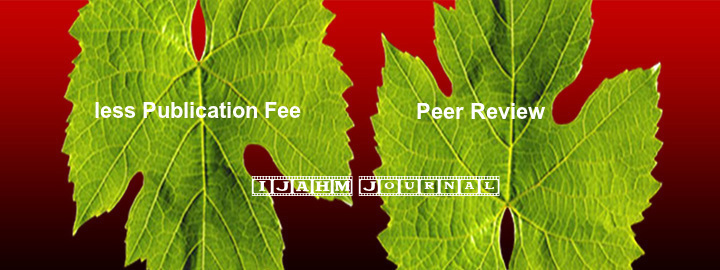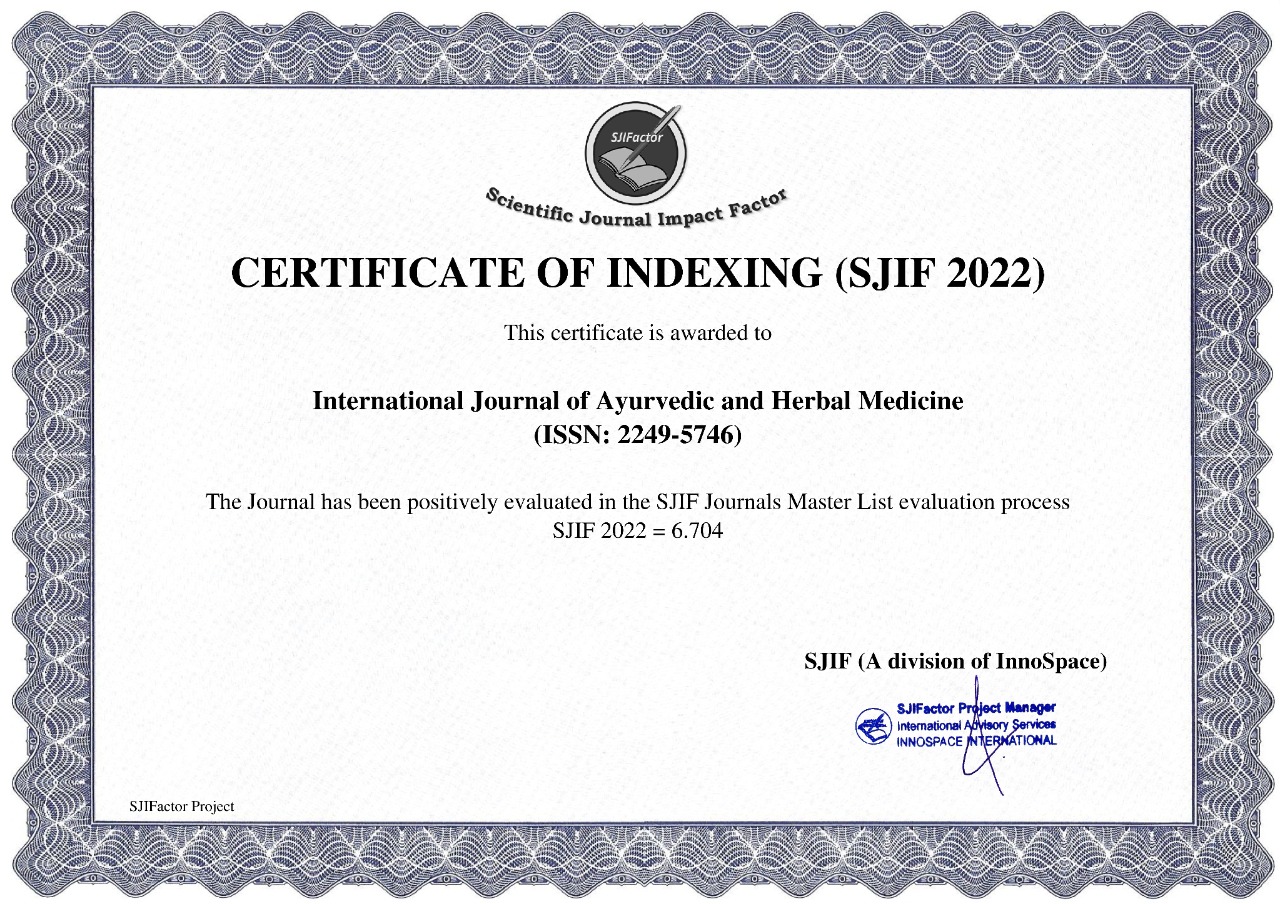


1G.S. Deora , 2M.S Rathore
DOI : http://dx.doi.org/10.18535/ijahm/v7i4.16
1Taxonomy and plant diversity Laboratory, Center of Advanced study, Department of Botany, Faculty of Science, Jai NarainVyas University, Jodhpur (Rajasthan) 342005, India.
2Department of Botany, Faculty of Science, Bhupal Noble's University Udaipur, (Rajasthan)- 313001
ABSTRACT:
In tribal dominated areas of Rajasthan, the use of plants in primary health care system is an integral source of easily available remedy for their domestic animals. The tribal people still depend on traditional herbal medicine suggested by traditional medicine man or traditionally knowledgeable health practitioners or ethno-veterinarian. This study was conducted in the tribal dominated belt comprising with six districts namely Banswara, Dungarpur, Chittorgarh, Pratapgarh, Rajsamand and Udaipur. The area is dominated mainly by Bhil, Meena, Garasia and Kathodia tribes. The ethno-veterinary medicinal information was collected by interviews, group discussions and give and take methods with the tribal knowledge men or ethnoveterian and traditional animal health practitioners. In the present investigation herbal formulations of 19 plant species belonging to 14 families have been documented from the different areas of the study sites.
KEYWORDS: Ethno-veterinary medicine,Traditional practitioners, Tribal people, Ethno-veterinian .Animal health care system
Reference:
1. Alemu. L. 1993. Studies on the traditional medicinal plants of veterinary importance around Bihar Dar. DVM Thesis, faculty of Veterinary medicine, Addis Ababa University, Ethiopia.
2. Catley,A and A. A. Mohammed. 1996. Ethno-veterinary knowledge in Sanag region, Somali land (Part II): Notes on local methods of treating and preventing livestock diseases, Nomadic peoples 39: 135-146.
3. ShaheenHamed K. 1997.Traditional veterinary practices in Rural Medak, India.Proceeding of International Conference on Ethno- veterinary, 4-6 Nov. 1997. Pune P. 57-59
4. Kohler - Rollefson. I. and Rathore, H.S. 1997. Raikas of Rajasthan LEISA: ILFA Newsletter 13(2) : 36.
5. McCrokle Constance and Evelyn Mathias-Mundy, 1992.Ethanoveterinary medicinal in Africa. Africa 62(1) : 59-93.
6. McCrokle Constance. 1994. Ethanoveterinary medicine R&D and genger in the ITDG/ Kenya RAPP. Unpublished Consultancy Report.IT Kenya, Nairobi, Kenya.
7. Pal, D.C. 1980 Observation on folklore about plants used in veterinary medicine in Bengal, Bihar and Orissa state. Bull. Botanical Survey of India 22:26-99.
8. Pande, C.B. and Vijay Kumar. 1994. A Study of immunomodulating action of Zeetress. Proceeding of scientific symposium on recent Advances in veterinary microbiology B.C.K.V.V. Nadia, W.B. India pp 53-55.
9. Rangnekar, S.D. and D.V. Rangnekar, 1992.Involment of women and children in goat keeping in some villages of Gujrat and Rajasthan. Proceeding of Vth International Conference on goats, held at New Delhi pp. 420-426.
10 Sebastian, M.K. 1984. Plantas used as veterinary medicine galactogoues and fodder in the forest areas of Rajasthan. Texon. Botany 5:785-788.
index























